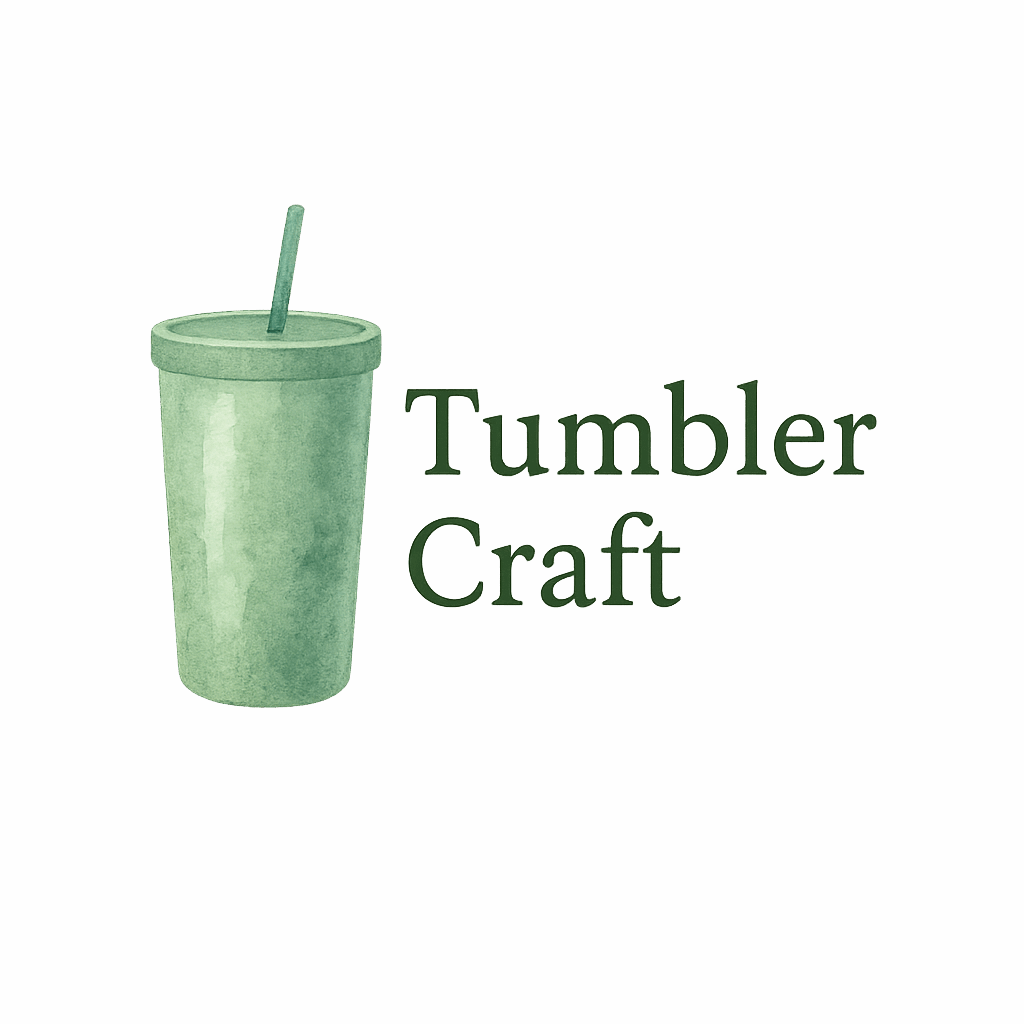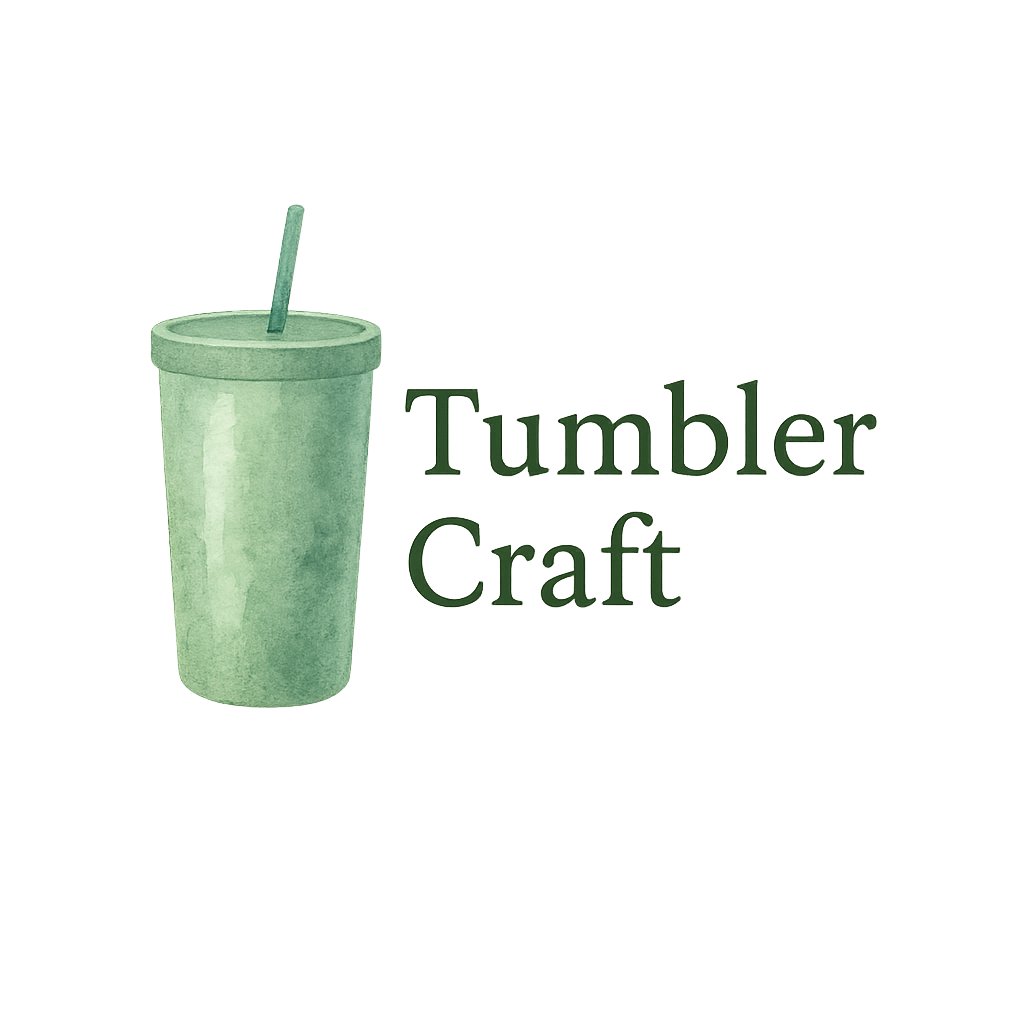If you’ve ever admired a shiny, glass-like tumbler online and thought, “How do they make it so perfect?”, you’re not alone. Creating a flawless epoxy tumbler is a blend of technique, patience, and having the right tools. Whether you’re a beginner or leveling up your skills, these 7 pro techniques will help your next cup turn out spectacular.
Let’s dive in and transform your tumbler crafting game from “meh” to magnificent.
Why Flawless Finish Matters in Epoxy Tumblers
First impressions are everything—especially in the world of custom tumblers. A smooth, bubble-free, glossy surface not only looks better but also lasts longer. Whether you’re gifting or selling your work, quality speaks volumes.
Want to see what flawless really looks like? Check out our Inspiration Gallery for jaw-dropping tumbler designs!
What Are Epoxy Tumblers?
Epoxy tumblers are custom drinkware typically made by coating stainless steel tumblers with a mix of glitter, vinyl, and clear resin.
The Rise of DIY Tumbler Art
Thanks to platforms like TikTok and Instagram, DIY tumbler art has exploded in popularity. It’s more than a hobby—it’s a movement. If you’re new, the Beginner Crafts section is a great place to start.
Popularity Among Instagram Crafters
With hashtags like #tumblerart and #epoxytumbler gaining traction, many Instagram crafters have turned their passion into profit. Curious how? See some Tumbler Influencers making waves.
Essential Tools and Materials You’ll Need
Before jumping into the techniques, make sure your toolkit is ready.
Must-Have Tools for Beginners
Having the right crafting tools can make or break your tumbler project. At minimum, you’ll need:
- A stainless steel tumbler
- High-quality epoxy resin
- A turner (to rotate the tumbler)
- Nitrile gloves
- Heat gun or torch
- Sandpaper
Need help choosing? Head to Tools & Materials for product reviews and recommendations.
Best DIY Materials for a Flawless Finish
The material matters—cheap glitter or vinyl can peel or cloud up. Always go with quality DIY materials to avoid heartbreak (and re-dos).
Technique #1: Prepping Your Tumbler Properly
Proper prep ensures the epoxy sticks well and dries evenly.
Sanding and Cleaning Steps
Start by lightly sanding the entire surface. This helps the epoxy grip. Then, clean it thoroughly with alcohol and let it dry.
Avoiding Fingerprints and Dust
Wear gloves to avoid oils transferring from your hands. A small speck of dust can ruin your shine. Work in a dust-free area if possible.
Technique #2: Using the Right Epoxy Ratio
Getting the right 1:1 epoxy ratio is critical for curing.
Measuring Correctly
Use measuring cups with clear markings. Combine equal parts resin and hardener, then mix slowly for at least 3 minutes.
Common Mixing Mistakes to Avoid
Avoid fast stirring—it creates bubbles. Also, don’t scrape the sides of your mixing cup, as it might bring in unmixed portions.
Need more tips? Our Tutorials section covers this in depth.
Technique #3: Applying Thin, Even Layers
Resist the urge to dump on a thick layer. Multiple thin coats are better.
How to Avoid Drips and Pooling
Use a gloved hand or silicone brush to spread evenly. Let the tumbler spin slowly on your turner while the epoxy self-levels.
Importance of Layering for Gloss
Each layer builds shine and durability. Typically, 2–3 coats are needed for that professional look.
Explore more Crafting Techniques to step up your layering game.

Technique #4: Eliminating Bubbles Like a Pro
Bubbles are the enemy. They ruin the finish and structure.
Using a Heat Gun the Right Way
After applying epoxy, lightly torch or heat gun it for 1–2 seconds to pop bubbles. Keep it moving to avoid overheating.
Best Practices for Bubble-Free Results
Warm your epoxy slightly before mixing and apply in a warm, humidity-free space. DIY Tips like these can save your sanity.
Technique #5: Curing Time and Temperature Control
Curing is where the magic happens—but it needs time and care.
Why Patience Pays Off
Let your tumbler cure for at least 72 hours before handling. Touching too soon can dent the epoxy and dull your gloss.
Setting Up the Ideal Drying Station
Keep your drying station clean, level, and warm (around 70–75°F). Avoid placing it in direct sunlight or dusty garages.
Technique #6: Decorating with Precision
Adding design elements? Don’t rush.
Vinyl, Glitter, and Paint Tips
Use high-quality vinyl and layer glitter strategically. Let each element dry completely before epoxy application.
Sticking to Design Plans
Sketch your design first. Winging it might work in cooking, but not with tumbler art.
Check out these DIY Projects for layout inspiration and decoration ideas.
Technique #7: Final Sanding and Polishing for Perfection
The last touch makes all the difference.
How to Get That Glass-Like Shine
Once your final epoxy layer is fully cured, lightly sand with high-grit paper and polish using a microfiber cloth and polish cream.
Sealing the Deal: Protecting the Final Product
Some crafters add an extra sealer layer. Not necessary, but if you do, use a food-safe option.
Find more tips for that Flawless Finish in our expert section.
Common Mistakes to Avoid in Epoxy Tumbler Crafts
- Mixing epoxy too fast
- Not prepping the tumbler correctly
- Overloading glitter
- Touching before fully cured
- Skipping the final sand/polish
Avoid these and you’ll be crafting like a pro in no time!
Growing Your Tumbler Craft into a Business
Think you could sell your tumblers? Spoiler alert—you definitely can.
Pricing Tips for Beginners
Start by calculating costs, time, and overhead. Our Craft Pricing Guide has helpful formulas.
Where to Sell Your Creations
Consider Etsy, Facebook Marketplace, or your own website. See our Business Tips for insights on where and how to market.
Inspiration from Other Tumbler Artists
Visit our Follow Inspiration page for stories of creators who turned crafting into a business.
Also, check the Business Section for tutorials on branding, packaging, and growth.
Conclusion
Crafting a flawless epoxy tumbler isn’t just about following steps—it’s an art form. From prepping to polishing, each stage matters. Whether you’re making gifts, showcasing your skills, or building a business, applying these 7 techniques will set you apart.
Don’t forget to explore more on TumblerCrafts.com and browse our Tumbler Tools section for gear reviews, or our Tumbler Art tag for design ideas. Happy crafting!
FAQs
1. How long does epoxy take to cure on a tumbler?
Typically, 72 hours for a full cure. It may feel dry after 24, but patience pays off.
2. Can I use regular glitter for epoxy tumblers?
It’s best to use polyester glitter. Regular glitter can dissolve or bleed.
3. Why is my epoxy sticky even after curing?
This usually means the ratio was off or mixing wasn’t thorough.
4. Do I need a tumbler turner?
Absolutely. It ensures even coating and prevents drips.
5. What’s the best epoxy for beginners?
Start with a low-viscosity, self-leveling, UV-resistant epoxy. Our Tools & Materials section has product picks.
6. How can I prevent my vinyl from peeling under epoxy?
Seal it with Mod Podge or wait 24 hours after applying before adding epoxy.
7. Where can I find more beginner tutorials?
Check out our Start Crafting tag or Beginner Crafts category for step-by-step guides.


